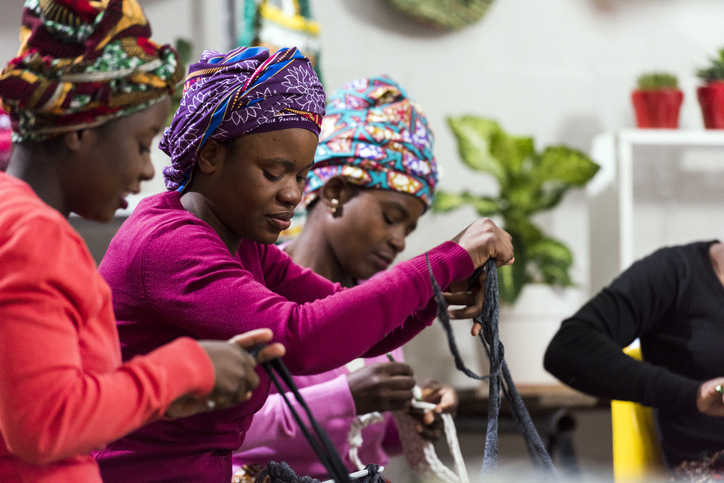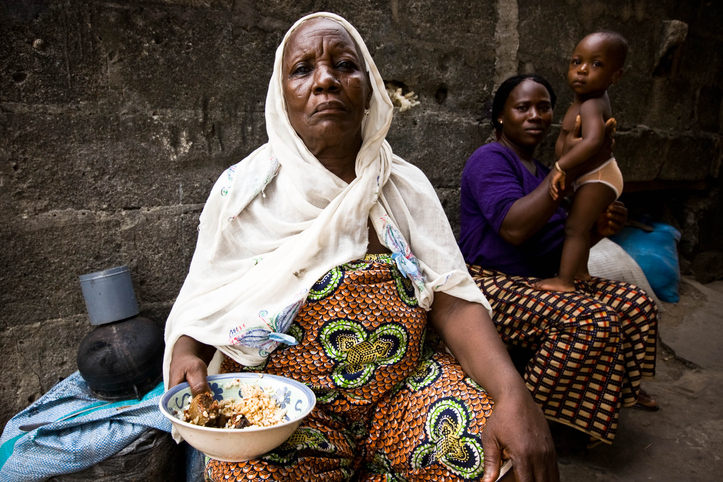College students who are unaware of the ability of their highest-achieving peers are more likely to keep chasing their dream job. In contrast, those who view themselves as being at the bottom of a selective class are more prone to give up on their initial plans. These findings from a top university in Brazil, reported in this column, have implications for affirmative action policies such as a quota system. Depending on how far disadvantaged students are from the rest, such a system may damage how they think about themselves – what psychologists call their ‘self-concept’ – reducing the chances of progress in their chosen career.
From an early age, interaction with peers has a significant impact on students’ career choices, as well as their social empathy. At each stage of formal education, new classmates are introduced and a student’s aspiration may take a new turn.
College is no different, except that students have already made a critical step towards their chosen career and new turns can be very costly. Another difference is that college classmates often share similar career choices, so students have a better idea of whom they will be competing and interacting with in the future.
Recent studies indicate that keeping disadvantaged school students in an environment with lower-achieving peers raises their self-esteem, their career expectations, and their chances of attending college. Moving to a higher-achieving class could reveal their relative disadvantages, lowering their perceived returns to education and career investment.
It might be the case that disadvantaged students who never interact with high achievers overinvest in education, reducing its actual returns. But it might also be that these students end up better off than if they had attended a highly selective school.
From a policy perspective, it has been argued that the effect of affirmative action policies on minorities lies somewhere between the gains from institutional quality and the damage caused to students who are poorly matched with their classmates. If a lower ordinal rank generally discourages students, and minorities are heavily concentrated at the bottom of the skill distribution, affirmative action may actually increase the social gap in future occupation.
This does not imply that such policies should be avoided; rather, it suggests that they should be combined with programs that mitigate the effect of perceived rank.
The design of these programs depends on whether the ranking effect indeed exists, how much it affects students’ behavior, and how it varies across students. The problem is that the simple comparison between seemingly equal students in different schools, programs, and even classes in the same program can be misleading. It does not tell us whether future differences are due to individual skills, institutional quality, students’ quality, or perceived rank.
For example, some studies have shown that elite schools have surprisingly little effect on academic performance. But this may result from the fact that disadvantaged students who would benefit the most from the school quality are also the most sensitive to the ordinal rank.
To estimate the combined effect of peer quality and perceived rank, we gather information from a major flagship university in Brazil and compare students who enroll in the same program in the same year, but who are separated into two classes.
Based on the entrance score, the ‘first’ class is filled with the best students who chose to join it. The ‘second’ class accommodates the remaining candidates with lower scores.
In terms of individual abilities and preferences, the last student in the first class is nearly equal to the first student left out. By comparing these two students, we know that the only differences are the composition of their class and their ordinal rank. Going to the first class implies having better peers, but it also means being at a lower rank.
Given that most of the elite institutions in Brazil are public and tuition-free, delaying college graduation is a problem not only for the student but also for the government budget. At Universidade Federal de Pernambuco (UFPE), under 60% of the students graduate in a timely manner and around 10% try to switch study programs.
Students at the bottom of the first class are a third more likely to try a different program and, as a result, to delay their graduation than if they had joined the second class.
In the future, they also have a lower chance of getting a prime occupation, such as a manager or public servant, and earn less at the start of their career. For example, women are twice as likely to have a management position if they attended the class with worse classmates. Thus, it seems that having better peers does more harm than good for the median college student.
These net effects of attending the first class suggest that the negative influence of perceived rank on graduation dominates the benefit of peer quality. In an attempt to isolate the contribution of perceived rank, we verify how the comparison between the first and second classes changes as the observed difference in peer quality between classes varies.
In program cohorts where the absolute difference in peer quality is nearly zero, students still face a significant drop in the relative rank if they attend the first class instead of the second. Hence, the effect of attending the first class must be mainly driven by the ordinal rank. As peer quality in the first class increases, the ranking effect is mitigated.
For example, because of their lower rank, a student in the first class is at least 20 percentage points less likely to graduate on time. But if the peer quality in this class is 0.4 standard deviations higher, the effect is significantly lower. For women, in particular, there would be no difference in graduation between classes at this level.
Figure 1:
Effect of first-class attendance on on-time graduation by difference in peer quality

The ranking effect on decisions in college is weaker for women than for men and a small increase in peer quality brings the net effect of attending the first class close to zero. For men, the ranking effect is much stronger and cancelled out only by an abnormal difference in peer quality.
The different ways in which men and women respond to ordinal rank may be explained by their distinct competitive behavior. Indeed, male students are even more sensitive to ordinal rank if they join a program in which women are in the majority.
Another characteristic that affects the response to ordinal rank is parents’ education. Both academic performance and labor market outcomes respond less to rank if parents have a college degree.
Similarly, the ranking effect is less pronounced among candidates who choose their program based on market opportunities, rather than other motives such as self-fulfillment and the program’s reputation. Both findings suggest that better information makes the ranking effect weaker.
Overall, these findings suggest that simple initiatives to provide information about job prospects and to offer psychological support may have positive effects on the disadvantaged students. These effects could help them to benefit from their peers rather than being intimidated by their level of achievement.






